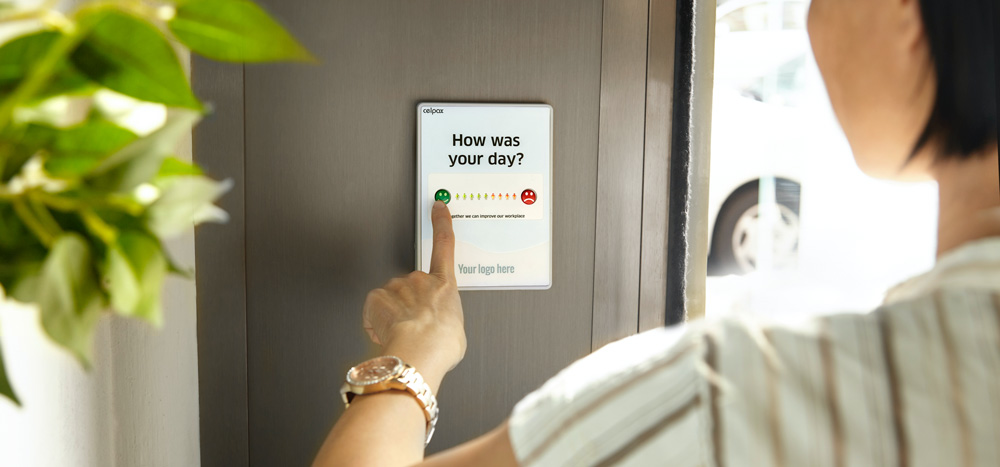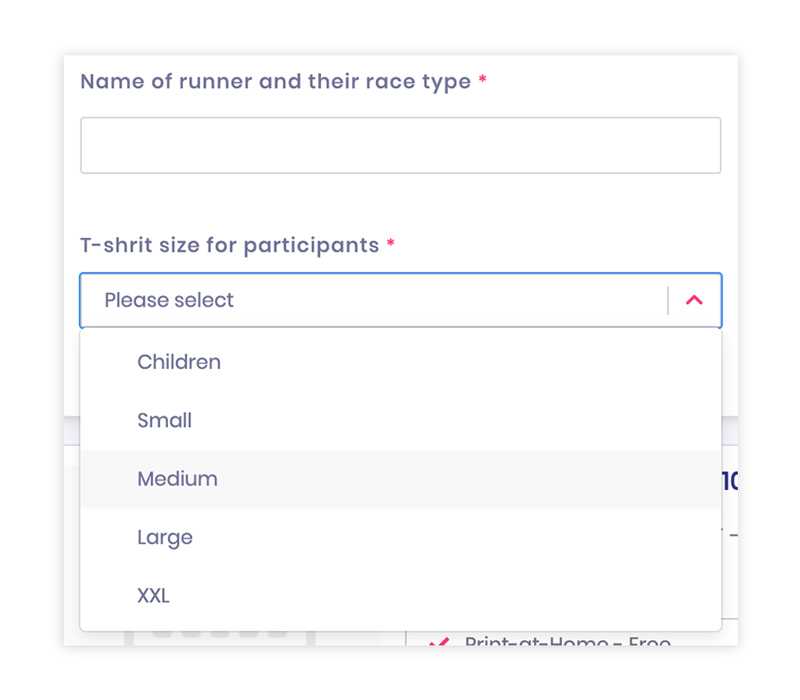How to Create Effective Surveys for Online Checkout: Gaining Valuable Insights
As the online shopping landscape continues to evolve, gathering feedback from customers has become increasingly important. This is particularly true for event organizers and retailers selling tickets or merchandise online.
In this blog post, we will explore the significance of creating effective surveys that can be administered at the checkout stage, providing valuable insights into guest experiences. We will discuss survey formats, question types, and the ideal timing for asking questions to maximize response rates and gather actionable data.
Understanding the Importance of Checkout Surveys
Checkout surveys serve as a powerful tool for event organizers and online retailers, allowing them to capture guest feedback and gain valuable insights into their customer base. Here's why they are essential:
-
Guest Experience Improvement: Surveys conducted at checkout provide an opportunity to assess the overall guest experience. By gathering feedback on the purchasing process, satisfaction levels, and any issues encountered, organizations can identify areas for improvement and enhance the overall customer journey.
-
Product and Service Evaluation: Checkout surveys can help assess the quality of the event or merchandise being offered. Understanding customer perceptions, preferences, and suggestions can guide future product development or event planning decisions.
-
Data-Driven Decision Making: By collecting data through checkout surveys, organizations can make data-driven decisions that align with customer needs and expectations. Insights gained from surveys can inform marketing strategies, pricing adjustments, and operational enhancements.
Survey Formats for Checkout Surveys
When it comes to checkout surveys, selecting the appropriate format is crucial to encourage guest participation and gather accurate insights. Here are two popular survey formats:
-
Embedded Surveys: These surveys are integrated directly into the checkout process, making it convenient for guests to provide feedback without leaving the page. Embedded surveys are typically displayed as a pop-up or a collapsible section, minimizing disruption to the purchasing flow. This format ensures a seamless experience and encourages higher response rates.
-
Post-Purchase Surveys: Post-purchase surveys are sent to customers via email after the checkout process is complete. This format allows for more detailed responses and provides an opportunity to gather feedback about the overall experience, product usage, or post-event satisfaction. Post-purchase surveys can be automated to ensure timely delivery and maximize response rates.

Effective Question Types and Survey Structures
To gather meaningful insights from checkout surveys, it is important to use effective question types and structure the survey in a logical manner. Here are some guidelines to consider:
-
Keep it Concise: Respect the guest's time and keep the survey concise. Shorter surveys are more likely to be completed. Limit the number of questions to focus on essential areas that provide the most valuable insights.
-
Use a Combination of Closed and Open-Ended Questions: Closed-ended questions, such as multiple-choice or rating scales, are effective for gathering quantitative data and analyzing trends. They are quick to answer and provide structured responses. Additionally, include a few open-ended questions to allow guests to provide qualitative feedback and share additional insights.
-
Start with General Questions: Begin the survey with broader, general questions that are easy to answer. This helps establish rapport and encourages guests to continue with the survey.
-
Progress to Specific Questions: Gradually progress to more specific questions about the event, merchandise, or overall purchasing experience. Ask about factors like website usability, checkout process efficiency, product quality, customer support, or event logistics. This ensures guests are more engaged and provides targeted feedback.
-
Prioritize Essential Questions: Place the most critical questions early in the survey to ensure they are answered, even if guests abandon the survey before completion. This ensures that key insights are captured, regardless of the survey's completion rate.
-
End with Demographic and Optional Questions: Towards the end of the survey, include demographic questions such as age, gender, location, or occupation. This data helps in segmenting and analyzing responses based on different customer profiles. Additionally, consider including optional questions that guests can choose to answer if they wish to provide more detailed feedback or suggestions.
Timing and Placement of Checkout Surveys
Timing plays a crucial role in maximizing survey response rates and ensuring a positive guest experience. Consider the following factors when determining the ideal timing and placement of checkout surveys:
-
Post-Transaction Confirmation: Display the survey immediately after the completion of the transaction. This ensures that the guest has completed the purchase and reduces the chances of interrupting the checkout process.
-
Optimal Placement: Choose a prominent and visible position for the survey within the checkout flow. This could be a pop-up box, a sidebar, or a dedicated section on the confirmation page. Ensure that the survey doesn't obstruct important information or the overall user experience.
-
Mobile-Friendly Design: As mobile usage continues to rise, ensure that the survey is optimized for mobile devices. A responsive design and user-friendly interface will encourage mobile users to participate in the survey.
-
Consider Order Confirmation Emails: In addition to or instead of an embedded survey, include a link to the survey in the order confirmation email. This allows guests to provide feedback at their convenience, especially if they prefer to complete the survey after their purchase.
Maximizing Survey Response Rates
To maximize survey response rates and gather a substantial amount of feedback, consider implementing the following strategies:
-
Incentives: Offer small incentives, such as discount codes or entry into a prize draw, to encourage participation and completion of the survey.
-
Clear Instructions: Provide clear instructions on how to complete the survey and assure guests that their feedback is valued. Assure them that the survey will only take a few minutes of their time.
-
Personalized Approach: Use personalized greetings and messages in the survey to create a sense of connection with the guest. This helps in building rapport and increasing the likelihood of participation.
-
Follow-Up Reminders: For post-purchase surveys sent via email, consider sending a follow-up reminder to those who haven't responded. Gentle reminders can improve response rates without being intrusive.
Checkout surveys provide event organizers and online retailers with valuable insights into guest experiences and preferences. By selecting the appropriate survey format, using effective question types, and placing the survey strategically within the checkout process, organizations can gather actionable data and make informed business decisions.
|
Create custom checkout questions Custom questions with Purplepass can |
Remember to keep surveys concise, prioritize essential questions, and consider the timing and placement of surveys to maximize response rates. By implementing these strategies, businesses can enhance guest satisfaction, identify areas for improvement, and ultimately deliver a better overall customer experience.







